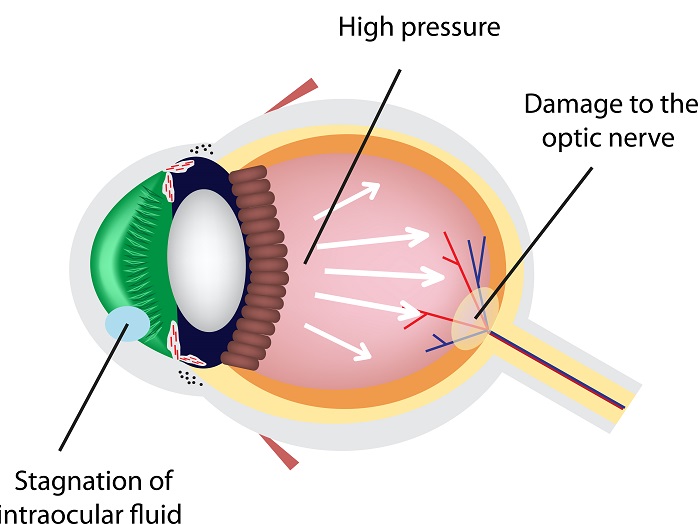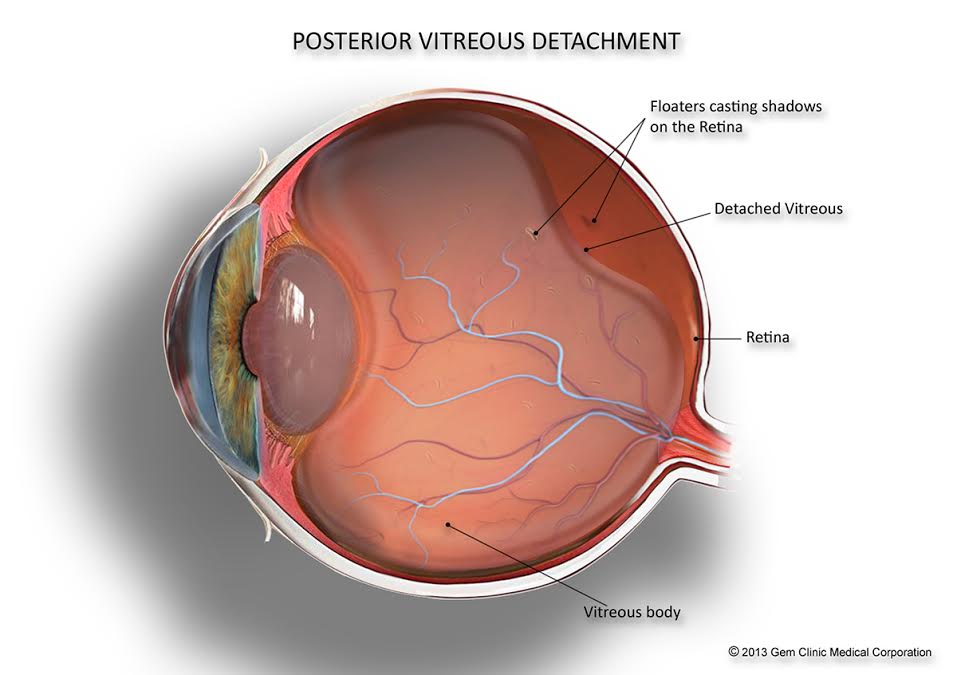Advanced Refractive Surgeries in AL: Clear Sight Without Glasses
Advanced Refractive Surgeries in AL: Clear Sight Without Glasses
Blog Article
Recognizing the Different Vision Correction Procedures Available for Clearer View
In the realm of vision correction treatments, a multitude of choices exist to attend to refractive mistakes and offer individuals with more clear view. From the widely recognized LASIK surgical treatment to much less intrusive treatments like PRK and implantable lenses, the area of ophthalmology offers a series of methods customized to match various needs and preferences. Each procedure includes its own collection of factors to consider, advantages, and potential risks. Comprehending the subtleties of these vision improvement methods is important for making educated choices about one's visual wellness. Let's discover the complexities of these treatments and shed light on the path to attaining improved vision clearness.
LASIK Surgical Treatment
LASIK surgical procedure is a typical refractive procedure made use of to fix vision problems such as farsightedness, astigmatism, and nearsightedness. This medical method, which stands for Laser-Assisted in Situ Keratomileusis, aims to improve the cornea to improve just how light is focused on the retina, eventually enhancing vision clearness.
One of the primary advantages of LASIK surgery is the quick enhancement in vision experienced by patients. Several individuals notice a substantial improvement in their eyesight quickly after the procedure. In addition, most individuals report very little discomfort and discomfort during the surgery and recuperation period. The recovery time for LASIK is reasonably quick, with several people returning to their everyday activities within a day or 2 post-operation. In general, LASIK surgical treatment is a preferred selection for individuals seeking a long-term service for their vision issues.
PRK Treatment
While additionally a typical refractive procedure, the PRK (Photorefractive Keratectomy) strategy differs from LASIK surgical procedure in its technique to fixing vision problems. In PRK, as opposed to creating a flap on the cornea, the external layer of the cornea, called the epithelium, is totally gotten rid of. This enables the laser to reshape the cornea to remedy refractive errors such as nearsightedness, farsightedness, and astigmatism straight on the surface area.

Despite the longer healing time, PRK can yield exceptional lead to vision improvement, making it a beneficial choice for those that may not appropriate prospects for LASIK surgical treatment.
Implantable Lenses
Unlike PRK where the cornea is reshaped straight, implantable lenses offer an additional technique for remedying vision by inserting man-made lenses inside the eye. This treatment is especially valuable for people with high levels of nearsightedness, farsightedness, or astigmatism who may not be appropriate prospects for laser surgeries like LASIK or PRK.
Implantable lenses, additionally referred to as phakic intraocular lenses, work by supplementing the eye's all-natural lens with a synthetic one. refractive surgeries in al. These lenses can be put in front of the all-natural lens (anterior chamber) or behind the iris and before the natural lens (posterior chamber) By readjusting the power and positioning of these lenses, eye doctors can successfully deal with refractive mistakes and improve visual acuity
One advantage of implantable lenses is that they are detachable and exchangeable, offering versatility for future adjustments. However, as with any medical procedure, there are dangers entailed, such as infection or cataract development. Clients considering implantable lenses need to consult with an eye treatment expert to identify one of the most appropriate alternative based on their individual requirements and eye health.
Corneal Rings
Corneal rings, additionally referred to as intracorneal ring segments, are tiny, transparent devices placed into the cornea to correct vision distortions such as keratoconus. Keratoconus is a problem where the cornea thins and protrudes outside, triggering vision to become altered. The insertion of corneal rings aids to flatten the cornea, enhancing visual acuity and decreasing the irregular astigmatism created by keratoconus.
The procedure for putting corneal rings is fairly fast and minimally invasive, typically executed as an outpatient procedure. Throughout the surgical treatment, the eye doctor makes a little laceration in the cornea and inserts the rings at a particular deepness. Once in location, the rings aid to reshape the cornea, supplying a smoother surface area for light to go into the eye, which can lead to more clear vision.
Corneal rings are thought about a relatively easy to fix treatment, as they can be removed or changed if required. eyecare near me. While they may not totally remove the requirement for glasses or call lenses, corneal rings can substantially boost vision quality and More Bonuses overall visual comfort for people with keratoconus or various other corneal irregularities
Refractive Lens Exchange
Following the correction of corneal irregularities with procedures like corneal rings, another vision correction technique that can deal with refractive errors is Refractive Lens Exchange (RLE) RLE is a procedure that involves replacing the eye's natural lens with an artificial intraocular lens (IOL) to correct refractive errors such as nearsightedness, farsightedness, and presbyopia. This treatment is specifically helpful for people that may not appropriate candidates for treatments like LASIK or PRK as a result of aspects such as thin corneas or high refractive errors.

Conclusion
Finally, there are numerous vision correction procedures offered to assist people achieve clearer sight. LASIK surgical treatment, PRK treatment, implantable lenses, corneal rings, and refractive lens exchange are all alternatives that can address different vision problems. It is very important for people to seek advice from their eye treatment service provider to figure out one of the most ideal procedure based on their certain demands and choices. With developments in innovation, accomplishing enhanced vision is currently extra accessible than in the past.
In the realm of vision modification treatments, a plethora of choices exist to resolve refractive mistakes and provide individuals with clearer sight.LASIK surgical procedure is a common refractive treatment made use of to correct vision troubles such as farsightedness, nearsightedness, and astigmatism.While also a common refractive procedure, the PRK (Photorefractive Keratectomy) strategy varies from LASIK surgical procedure in its strategy to remedying vision troubles.Following the improvement go of corneal abnormalities with procedures like corneal rings, another vision improvement method that can address refractive mistakes is why not check here Refractive Lens Exchange (RLE) LASIK surgery, PRK treatment, implantable lenses, corneal rings, and refractive lens exchange are all choices that can resolve different vision issues.
Report this page